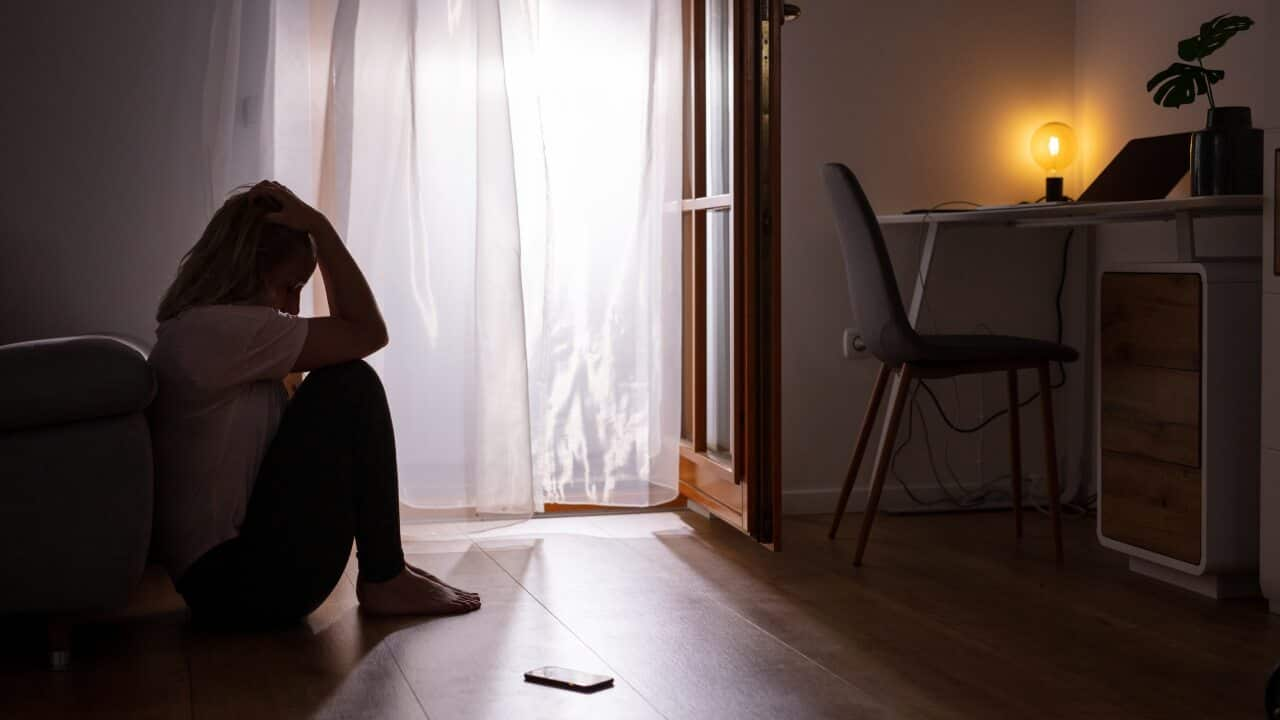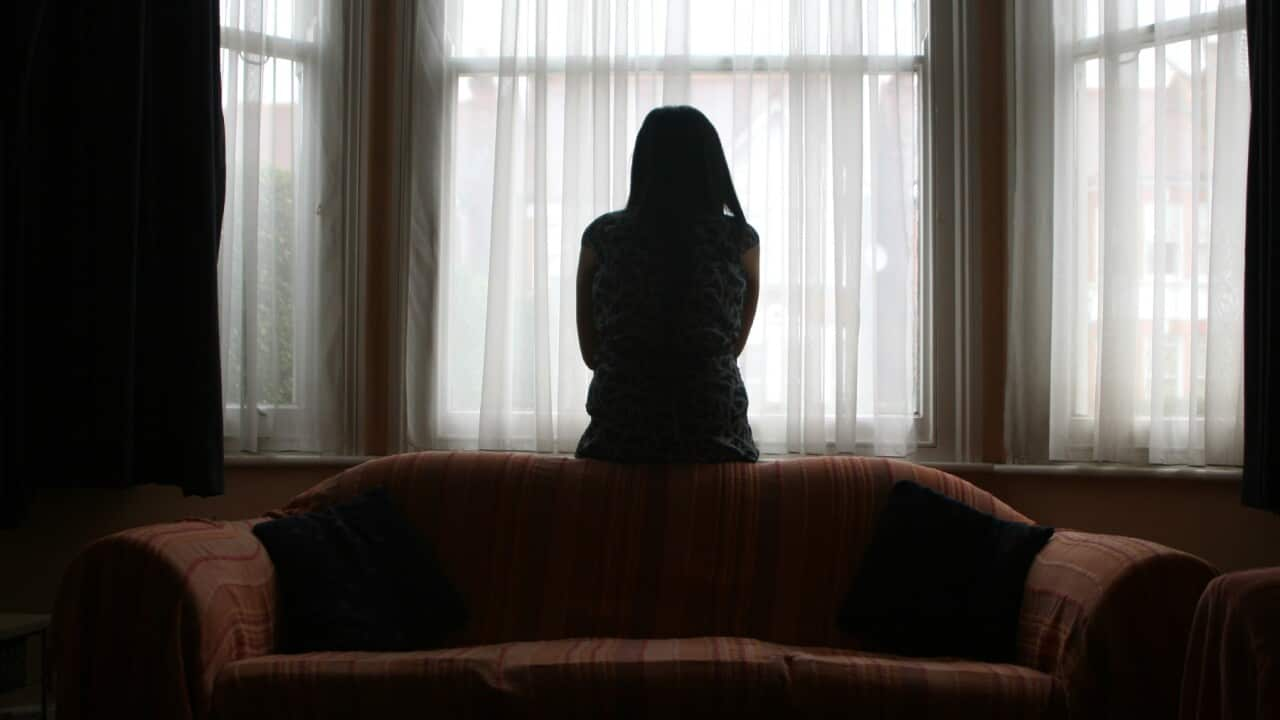The likelihood of a woman experiencing domestic violence surges by 35 per cent when she earns more than her male partner, new Australian research has revealed.
Female breadwinners were also 20 per cent more likely to suffer emotional abuse at the hands of their partner, suggesting men are still not comfortable with shifting traditional gender norms.
The research, based on more than a decade of de-identified Australian Bureau of Statistics (ABS) surveys, showed an increase in violence when women out-earned their partners was common across all ages, incomes, education levels, and cultural backgrounds.
Australian National University researchers Robert Breunig, director of the Tax and Transfer Institute, and Yinjunjie Zhang, found no impact from earning on the rates of domestic violence or emotional abuse against men.
There was also no change in the experience of physical and emotional abuse if the woman’s earnings increased, but stayed below half of the household income.
“Only when the gender norm is violated do we see an increase in the incidence of physical violence and emotional abuse,” the report reads.
In the study, which is yet to be published in a peer-reviewed journal, the authors said men may attempt to regain power within the household through abusive behaviour in response to what they see as the “threat” of women’s increased economic power.
“It’s quite surprising,” Professor Breunig told SBS News. “Because we would think that as a woman's economic situation improves, that their situation in the household would improve.”
The increase in reports of domestic violence and emotional abuse were not driven by education, income, or age, he added.
“It’s really that people are very comfortable with the male breadwinning norm and when that gets violated it causes disruption and one of the ways that disruption comes out is in additional violence against women.”
One-in-six Australian women have experienced some form of physical or sexual violence at the hands of a current or former partner, compared to one in 16 men, according to from the Australian Institute of Health and Welfare.
Meanwhile, a report from the Bankwest Curtin Economics Centre last week revealed it will take another 26 years for the full-time gender pay gap to close.
“As women’s economic situation improves, we can’t automatically assume that other kinds of problems are going to go away,” Professor Breunig said.
“We still need separate policies to deal with domestic violence … making sure [women] are aware they can leave a relationship, and who they should call and where they should go.”
Hayley Foster, chief executive of Women’s Safety NSW, told SBS News it was well-known that the biggest driver of violence against women is “rigid stereotypes around gender roles and expectations”.
“There’s a clear link between that and male violence, and that’s what this study shows,” she said.
If you or someone you know is impacted by sexual assault, family or domestic violence, call 1800RESPECT on 1800 737 732 or visit . In an emergency, call 000.












